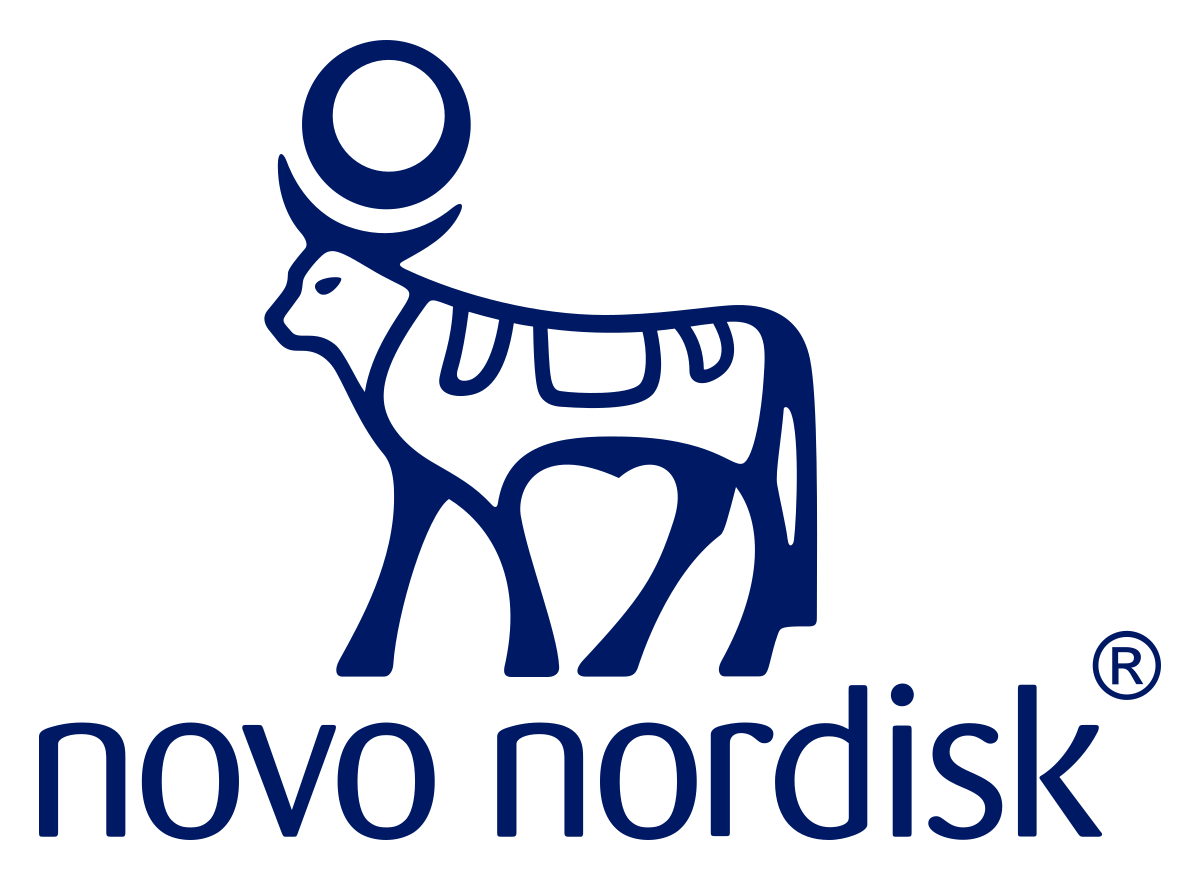Request Demo
Eli Lilly's Zepbound (Tizepatide) Demonstrates Promising Results in Treating Obesity and Obstructive Sleep Apnea
28 Jun 2024
Clinical ResultPhase 3Drug Approval
In the era of rapid advancement in medical technology, obesity and its related complications are becoming a global public health challenge. Recently, Eli Lilly has made significant progress in obesity treatment, which is the result of the positive results of its GIP/GLP-1 weight-loss drug Zepbound (also known as tizepatide) in the SURMOUNT-OSA 3-phase study.
Earlier this week, Eli Lilly announced the detailed study data, which targeted obese patients with obstructive sleep apnea (OSA). What is exciting is that the study results show that both patients receiving positive airway pressure (PAP) treatment and those not receiving treatment saw significant improvements in all major and secondary treatment endpoints with 10mg and 15mg doses of Zepbound. This discovery not only brings good news to obese patients, but also further solidifies Eli Lilly's leading position in the field of diabetes and obesity treatment.
The research team published these data in the New England Journal of Medicine and fully presented the research results at the 84th Annual Scientific Meeting of the American Diabetes Association in Orlando, Florida on Friday. This milestone achievement has attracted widespread attention from the industry.
Zepbound, as a pioneering drug from Eli Lilly, was initially recognized in the obesity treatment field in November last year. This drug can not only be used at a higher dose to treat obesity, but also at a lower dose to treat type 2 diabetes, and is called Mounjaro. In certain countries outside the United States, this drug has been widely used in the fields of weight loss and diabetes treatment and is simply referred to as Mounjaro.
In the SURMOUNT-OSA 3 phase study, Zepbound demonstrated excellent efficacy. The study data showed that the average AHI (apnea-hypopnea index) was reduced by 62.8% in patients receiving Zepbound treatment. AHI is an important indicator of the severity of OSA, determined by tracking sleep-related breathing problems per hour of sleep. Compared with the placebo group, this result means that the number of events that obstruct or limit the patient's airflow per hour of sleep decreased by about 30, greatly improving the patient's sleep quality and quality of life.
Moreover, the study found that 43% of untreated patients and 51.5% of patients using PAP machines reached the remission standard after receiving the highest dose of Zepbound treatment. Eli Lilly defines remission as having an AHI of fewer than 5 events per hour or an AHI of 5 to 14 events per hour with an Epworth Sleepiness Scale (ESS) score of 10. The ESS is a questionnaire used to measure daytime excessive sleepiness and is of great importance in evaluating the symptoms of OSA patients. Dr. Jeff Emmick, Senior Vice President of Product Development at Eli Lilly, stated in a statement that approximately 80 million Americans suffer from obstructive sleep apnea (OSA), a chronic disease that has a significant impact on their quality of life. However, there are currently no specific drug treatments that directly address the underlying causes of the disease. The successful development of Zepbound provides new treatment options for patients and has the potential to become an important drug in the OSA treatment field in the future.
In addition to its significant efficacy in OSA patients, Zepbound also shows great potential in treating other obesity-related conditions. For example, in another study, Zepbound helped more than half of the metabolic dysregulation and fatty liver disease (MASH) patients reduce their stage of fibrosis by at least one stage, without any worsening of the condition. This finding further demonstrates the broad application prospects of Zepbound in the treatment of obesity and its complications.
Eli Lilly is also testing the effectiveness of tesiprotamine in preserving ejection fraction in heart failure patients. This research has the potential to bring new hope to heart failure patients and further expand the application scope of tesiprotamine in cardiovascular diseases. Despite some analysts believing that Tezepelumab will ultimately lead ahead of Novo Nordisk's diabetes and obesity competitors Ozempic and Wegovy (both of which are based on the GLP-1 molecule semaglutide), Eli Lilly is currently actively catching up to its Danish rival. In March this year, Novo Nordisk's Wegovy became the first FDA-approved weight loss drug, able to reduce the risk of cardiovascular death, heart attacks, and strokes in obese or overweight adults with cardiovascular disease. However, with Zepbound's positive progress in multiple areas, Lilly is expected to achieve a turnaround in the future.
In terms of finance, Mounjaro and Zepbound have brought considerable revenue to Eli Lilly. In 2023, Mounjaro brought $5.16 billion in revenue for Eli Lilly in type 2 diabetes, while Zepbound brought $175.8 million in revenue. Although there is still a gap compared to Novo Nordisk's Ozempic and Wegovy (Ozempic's sales for the same period were approximately $13.8 billion, and Wegovy contributed about $4.5 billion to Novo Nordisk's 2023 sales), the potential and market prospects of Zepbound are worth looking forward to.
For more details,please visit the original website
The content of the article does not represent any opinions of Synapse and its affiliated companies. If there is any copyright infringement or error, please contact us, and we will deal with it within 24 hours.
Organizations
Indications
Targets
-AI Agents Built for Biopharma Breakthroughs
Accelerate discovery. Empower decisions. Transform outcomes.
Hot reports
Get started for free today!
Accelerate Strategic R&D decision making with Synapse, PatSnap’s AI-powered Connected Innovation Intelligence Platform Built for Life Sciences Professionals.
Start your data trial now!
Synapse data is also accessible to external entities via APIs or data packages. Empower better decisions with the latest in pharmaceutical intelligence.





